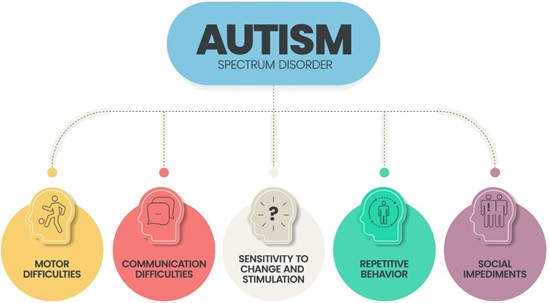A nurse is caring for a toddler who has a fractured right femur and is in Bryant traction.
When determining that the traction is appropriately assembled, the nurse should observe which of the following?
A padded sling is under the knee of the affected leg.
Skin straps maintain the leg in an extended position.
Weights are attached to a pin that is inserted into the femur.
The buttocks are elevated slightly off of the bed.
The Correct Answer is D
When determining that Bryant's traction is appropriately assembled, the nurse should observe that the buttocks is elevated slightly off of the bed.
In Bryant traction, both of the patient’s limbs are suspended in the air vertically at a ninety-degree angle from the hips and knees slightly flexed.
Choice A is incorrect because a padded sling is not used under the knee of the affected leg in Bryant traction.
Choice B is incorrect because skin straps are not used to maintain the leg in an
extended position in Bryant traction.
Choice C is incorrect because weights are not attached to a pin that is inserted into the femur in Bryant traction.
Nursing Test Bank
Naxlex Comprehensive Predictor Exams
Related Questions
Correct Answer is B
Explanation
Behavioral approaches have the most evidence for treating symptoms of Autism
Spectrum Disorder (ASD)1.
Applied Behavior Analysis (ABA) is a notable behavioral treatment for people with ASD that encourages desired behaviors and discourages undesired behaviors to improve a variety of skills.
A reward system for positive behavior is an example of an ABA technique.
Choice A is not correct because allowing for imaginative play with peers without supervision is not a recommended intervention for a child with ASD.
Choice C is not correct because providing a flexible schedule that adjusts to the child’s interests is not a recommended intervention for a child with ASD.
Choice D is not correct because allowing for adjustment of rules to correlate with the child’s behavior is not a recommended intervention for a child with ASD.

Correct Answer is A
Explanation
Choice A rationale: Yellow nasal discharge in a toddler with acute nephrotic syndrome signifies a potential upper respiratory tract infection, which is critically important. Children with nephrotic syndrome are highly susceptible to infections due to significant urinary loss of immunoglobulins, leading to an immunocompromised state. Furthermore, corticosteroid treatments, often prescribed for nephrotic syndrome, suppress the immune system. An infection can precipitate a relapse of the syndrome, lead to severe complications like peritonitis or sepsis, and requires prompt evaluation and potentially antibiotic therapy to prevent life-threatening outcomes.
Choice B rationale: Poor appetite is a non-specific symptom in toddlers with nephrotic syndrome and does not typically indicate an immediate, life-threatening complication. It can be attributed to generalized malaise, abdominal discomfort due to ascites, or even side effects of medications such as corticosteroids. While important to monitor for nutritional status and overall well-being, it does not carry the same urgency as signs of infection, which can rapidly lead to severe health deterioration in an immunocompromised child.
Choice C rationale: Facial edema is a cardinal clinical manifestation of acute nephrotic syndrome, resulting from profound hypoalbuminemia. Reduced plasma oncotic pressure causes fluid to shift from the intravascular space into the interstitial space, leading to generalized edema, often prominently in the face. This finding is expected and indicates the disease process itself, rather than an acute, unexpected complication requiring immediate reporting, unless there is a sudden, significant worsening or associated respiratory compromise.
Choice D rationale: Irritability in a toddler can be a manifestation of general discomfort, illness, or even a side effect of corticosteroid therapy, which can cause mood disturbances and behavioral changes. While it warrants assessment to identify the underlying cause, irritability is a non-specific symptom and does not directly indicate an urgent, life-threatening complication of nephrotic syndrome requiring immediate medical intervention, unlike the signs of an acute infection in an immunocompromised child.
Whether you are a student looking to ace your exams or a practicing nurse seeking to enhance your expertise , our nursing education contents will empower you with the confidence and competence to make a difference in the lives of patients and become a respected leader in the healthcare field.
Visit Naxlex, invest in your future and unlock endless possibilities with our unparalleled nursing education contents today
Report Wrong Answer on the Current Question
Do you disagree with the answer? If yes, what is your expected answer? Explain.
Kindly be descriptive with the issue you are facing.
